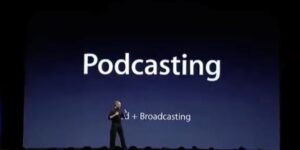Archive for June 2023
The Transition to Transistors Begins
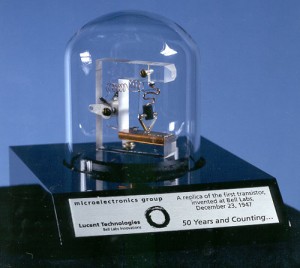
Originally designed to create improvements to electromechanical relays and vacuum tubes in telephone switching equipment, Bell Labs holds a press conference in New York to publicly demonstrate the first point-contact transistor. The transistor represents a significant advance in technology. As it is developed over the next few years, it will become the successor to the vacuum tube, the primary method of controlling electronic circuitry at the time. The use of transistors allows the development of the integrated circuit and microchips which kickstarted the rapid advance of electronic and computerized technology over the last 70+ years. Every industry that utilizes technology, from communications to computers to space travel to video games to media, owes a great deal to the development of the transistor.
The Phone That Changed Everything
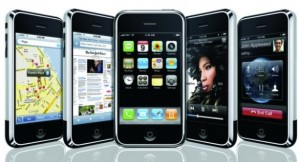
Nearly 6 months after it was introduced, Apple’s highly-anticipated iPhone goes on sale. Generally downplayed by Old Word Technology pundits after its introduction, the iPhone was greeted by long lines of buyers around the country on that first day. Quickly becoming an overnight phenomenon, one million iPhones were sold in only 74 days. Since those early days, the ensuing iPhone models have continued to set sales records and have completely changed not only the smartphone and technology industries, but the world as well.
Apple Takes Podcasting Mainstream
Apple releases iTunes 4.9, the first version of iTunes to incorporate Podcast subscribing and listening. Podcasting was a growing phenomenon and Apple realized it could both help build the medium and also become the defacto Podcast standard by linking it to its incredibly popular iTunes and iPod platforms. On this date there were 3000 Podcasts available in the iTunes directory. Apple’s move paid off and as of 2021 there were over 2 million Podcasts listed in the Apple Podcast Directory. Apple’s Podcast platform is still considered the standard on which podcasters should publish their shows.
There was an up and coming Podcast directory named Odeo at the time. Given Apple’s move Odeo suddenly became irrelevant. However, the people behind the company shifted focus and soon created a new service called Twttr, soon to be renamed Twitter. Isn’t it so interesting the way technology history weaves itself?
First Commercial Communications Satellite Activates
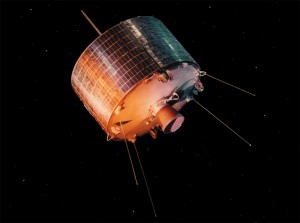
Intelsat I, the first commercial communications satellite, is activated for service. It was nicknamed “Early Bird” after the famous proverb, and became famous for carrying the first commercial telephone call between America and Europe, as well as helping provide TV coverage of the Gemini 6 splashdown.
Laying of First Transatlantic Telephone Cable
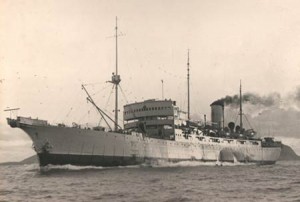
The HMTS Monarch, the largest cable laying ship in the world at the time, launches from Clarenville, Newfoundland to begin laying TAT-1, the first Transatlantic telephone cable. TAT-1 would be inaugurated 15 months later on September 25, 1956. TAT-1 may be best known for carrying the famous “hot line” between the United States and the Soviet Union during the Cold War.
All Hail Atari
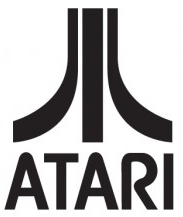
The iconic video game company, Atari, is founded by Nolan Bushnell and Ted Dabney. Their first video game, Pong, was the first commercially successful video game and led to the start of the video game industry. In 1977, Atari’s Video Computer System (known as the VCS and later the Atari 2600) popularized the home video game market. Before the video game crash of 1983, Atari was the fastest growing company in the history of the United States at the time, and the brand was synonymous with video games.
All those who have enjoyed video games, whether we started playing in the 70’s, 80’s, or just in the last few years, should take a moment to reflect on the company that single-handedly spawned the video game industries we so cherish. I propose that the best way to do that is to … well … stop what you’re doing and play a video game right now!
I PC, UPC …
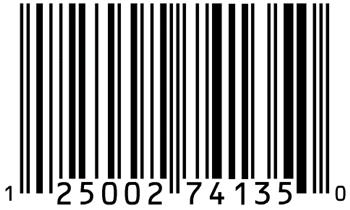
A Universal Product Code (UPC) is used to ring up a purchase for the first time at a Marsh Supermarket in Troy, Ohio. The first item scanned was a 10-pack of Juicy Fruit gum. Take that to your trivia contents!
Microsoft Incorporated

Founded six years earlier by Bill Gates and Paul Allen, Microsoft officially incorporated as a company. The timing of the incorporation was about 2 months ahead of the release of the IBM PC, which would soon change the fortune of Microsoft and the entire technology industry.
iPhone 4 Goes on Sale
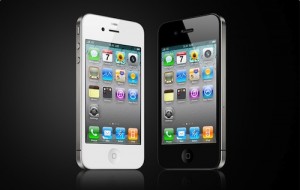
After a wild lead-up involving a prototype being lost at a bar, Apple’s iPhone 4 officially went on sale. Later the iPhone 4 would then become the subject of the Antennagate controversy. With so much attention given to the phone, it really was no wonder that it went on to set sales records.
The First Practical Typewriter Patented
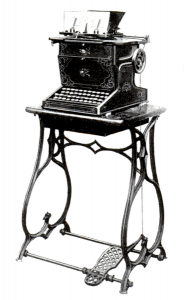
Latham Sholes, Carlos Glidden, and Samuel Soule are awarded a patent for the “Type-Writer” which would become the basis for the first practical and commercially successful typewriter. Evolving into what would become known as the Sholes and Glidden typewriter (which would later become the Remington No. 1), one of its lasting legacies was the introduction of the QWERTY keyboard, which is still the most popular keyboard layout in the world to this day.
A popular theory states that the design of the QWERTY keyboard was intended to slow down typists in order to minimize the clashing of the typebars which would jam up the early typewriters. There is little evidence to support this theory, however, and a research study published in 2011 asserts that the QWERTY design was more directly influenced by feedback from telegraph operators who were early adopters of typewriters and found previous keyboard layouts inefficient.

